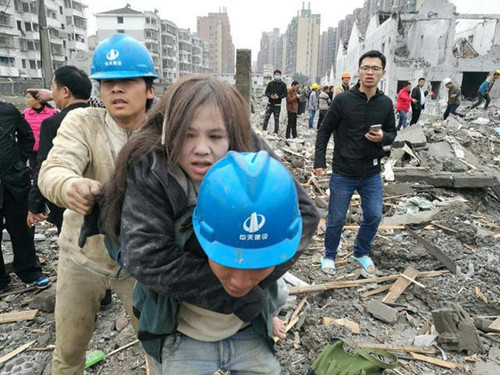Over one-fifth of Chinese preschool teachers have only high school diploma: report
Many Chinese are calling for preschool teachers to be more highly qualified following the recent exposure of incidents of abuse at kindergartens, China Youth Daily reported.
China Youth Daily’s official WeChat account said that not only does the country lack preschool teachers but also many of them are not qualified.
In 2016, the ratio of staff to students in full-time kindergartens was about one to 12, far below the standard of one to five released by the Ministry of Education in 2013, according to the report.
It added that by the year of 2021, China will have an additional 15 million preschoolers, and the shortage of preschool teachers and childcare workers will surpass 3 million.
The number of preschool education graduates is too small to fill the shortage. Additionally, many of those graduates will not become teachers, instead opting for other jobs due to the industry’s low salaries and high pressure.
Most of China’s kindergartens are currently private, and they lag far behind from public facilities in terms of financial support and other resources.
As a result, these kindergartens will often hire staff who are not qualified to be a preschool teacher at all.
In 2016, there were 2.5 million preschool teachers in China, among whom 56.37 percent held an associate degree, and 22.4 percent had only a high school diploma or below, according to statistics released by the Ministry of Education.
According to a kindergarten principal from Jinan, Shandong Province, once these unqualified teachers “find that the children are not as cute and naive as they had imagined, lacking better training they will simply treat them incorrectly.”
It is much harder to become a preschool teacher in other countries than it is in China.
In Canada, only graduates with a major in preschool education can apply, and they must pass a dozen required courses. Similarly, in the United States and France, a preschool teacher requires a bachelor’s degree, years of special training and teaching certificate.

